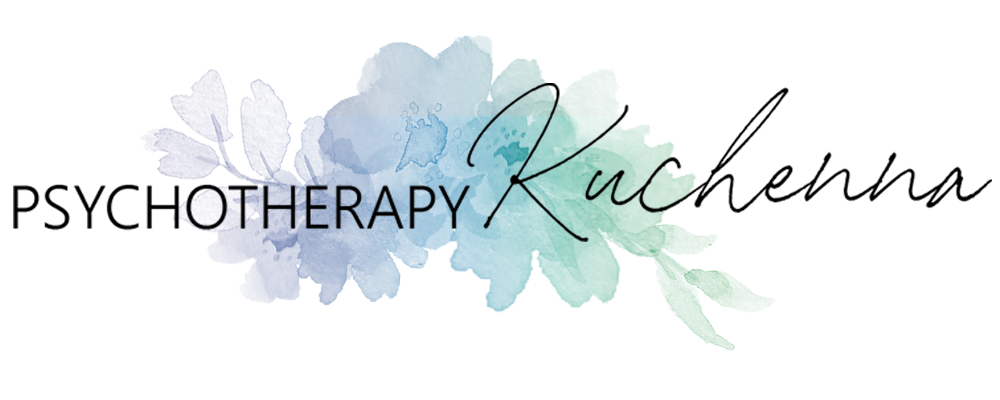Emotional abuse in relationships can be as damaging, if not more so, than physical abuse. While physical wounds heal, the psychological scars from emotional abuse often linger, affecting self-esteem, mental health, and the ability to form healthy connections. Emotional abuse is insidious, often beginning subtly and escalating over time, leaving victims questioning their perceptions and worth.
Recognizing emotional abuse is the first step to breaking free from its grip, yet many struggle to identify it, as it often masquerades as “normal” relationship dynamics. This article explores the devastating effects of emotional abuse and how to recognize its signs.
What is Emotional Abuse?
Emotional abuse is a pattern of behavior in which one partner seeks to control, demean, or manipulate the other. Unlike physical abuse, emotional abuse doesn’t leave visible scars, but its impact can be profound and long-lasting. It erodes the victim’s sense of self, leaving them feeling confused, unworthy, and dependent on their abuser.
Emotional abuse can include:
- Verbal Assaults: Insults, belittling, and yelling meant to demean or intimidate.
- Gaslighting: Manipulation tactics that make the victim doubt their perceptions and sanity.
- Control: Micromanaging, restricting access to finances, friends, or freedom.
- Blame-Shifting: Making the victim feel responsible for the abuser’s actions or emotions.
- Neglect: Withholding affection, communication, or support as a means of punishment.
Recognizing Emotional Abuse
Emotional abuse can be difficult to identify, especially when the victim becomes accustomed to the behavior. Here are some key signs to look for:
- Constant Criticism and Belittling
An emotionally abusive partner frequently puts down their partner, often disguised as “jokes” or “constructive criticism.” Over time, this erodes the victim’s self-esteem. - Gaslighting
The abuser may dismiss or invalidate the victim’s feelings, insist they are overreacting, or even fabricate events to make the victim doubt their memory or reality. - Isolation
The abuser may cut the victim off from friends, family, or support systems, creating dependence and reducing outside perspectives. - Control and Manipulation
The abuser may dictate what the victim wears, who they interact with, or how they spend their time. Emotional manipulation can include guilt-tripping or threats of self-harm if the victim tries to set boundaries. - Mood Swings
An emotionally abusive partner often alternates between affection and hostility, leaving the victim feeling off-balance and desperate to please. - Blaming the Victim
The abuser refuses accountability for their actions, often framing the victim as the cause of conflicts or their own abusive behavior. - Fear of Speaking Up
Victims of emotional abuse often fear expressing their thoughts or needs, anticipating negative reactions or punishment.
The Impact of Emotional Abuse
The consequences of emotional abuse are far-reaching, affecting every aspect of the victim’s life. Some common effects include:
- Low Self-Esteem
Constant criticism and belittling cause victims to question their worth and capabilities. - Chronic Stress and Anxiety
Walking on eggshells to avoid conflict creates a state of constant hypervigilance. - Depression
The feelings of helplessness and isolation can lead to depression and a loss of interest in life. - Difficulty Trusting Others
Emotional abuse undermines trust, making it difficult for victims to form healthy relationships in the future. - Physical Health Issues
Chronic emotional stress can lead to headaches, gastrointestinal issues, and other stress-related ailments. - Codependency
Victims may become emotionally dependent on their abuser, internalizing the belief that they need them to survive or find happiness.
How to Break Free from Emotional Abuse
Escaping an emotionally abusive relationship requires courage, support, and a commitment to healing. Here are steps to take:
- Recognize the Abuse
Acknowledge that the behavior is abusive, and understand that you deserve respect and love. - Seek Support
Talk to trusted friends, family, or a therapist. Isolation is a tool of abusers, so reconnecting with your support network is vital. - Educate Yourself
Learn about emotional abuse to understand its dynamics and why it’s not your fault. - Establish Boundaries
Practice saying no and asserting your needs, even if it feels uncomfortable. - Create a Safety Plan
If you plan to leave the relationship, make arrangements for your safety and well-being, especially if the abuser is controlling or volatile. - Engage in Therapy
Therapy can help you process the trauma, rebuild your self-esteem, and develop healthier relationship patterns.
Moving Forward
Emotional abuse leaves deep scars, but healing is possible. Recognizing the abuse, seeking help, and prioritizing self-care are essential steps toward reclaiming your life. You are not alone, and you deserve a relationship built on respect, trust, and love. By taking action, you can break free from the cycle of abuse and create a future filled with empowerment and healing.

